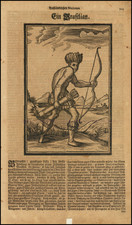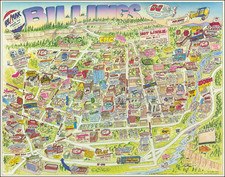Karl Bodmer's Fort Union on the Missouri is an impressive hand-colored aquatint that depicts a significant location and period in the 1833 expedition led by Prince Maximilian. Fort Union was a pivotal trading post situated at the confluence of the Yellowstone and Missouri rivers, near the modern border between Montana and North Dakota. Maximilian and Bodmer stayed there from June 24 to July 6, 1833, and returned in September for a month before heading to Fort Clark.
The piece is the culmination of several preliminary drawings, each contributing to the final artwork's creation. One of these sketches, now at the Joslyn Museum (KBA 193), provides detailed background elements, including the Fort itself, its identifiable American flag, and the surrounding bluffs. This drawing likely informed Bodmer's study of the Yellowstone River, as Maximilian described.
The added narrative elements, such as the horse racing and groups of Indigenous people, seem to be later additions, presenting the work's dynamic and active nature. A pencil outline within the sketch signifies the area incorporated into the final print, providing the foundational structure for the future engraving.
Other sketches, like the Baltimore Museum of Art's A Band of Assiniboin Indians, and the Newberry Library's sketch (BOD 40), contribute further details to the final composition, offering a more comprehensive portrayal of the foreground figures and the background respectively. The engravers likely drew from all these sources, with the Newberry's piece serving as the main framework for the print, as evidenced by its more faithful replication of the middle ground individuals, configuration of tipis, and horse racing.
Interestingly, Bodmer appears to have allowed the engravers a considerable degree of creative freedom, a practice common amongst travel account illustrators in the early nineteenth century, yet somehow contrasting the project's precision-oriented objective. Nonetheless, Bodmer insisted that he provided enough visual information to Charles Beyer and Lucas Weber, the engravers. It's plausible that an unlocated model combining all the studies exists, offering an even more comprehensive insight into Bodmer's artistic process.
State
Ruud's 1st of 2 states, without the date added.









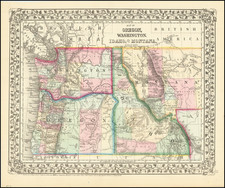
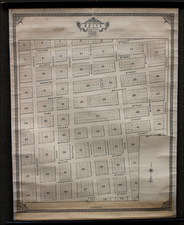
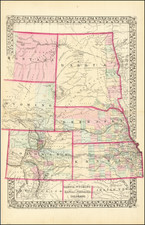
![(Mexican-Aztec Paintings) [Aztec Deities from the Codex Laud] Laud MSS (page 3). B65 nunc 678. Aglio 2 Vol.](https://storage.googleapis.com/raremaps/img/small/102323.jpg)
